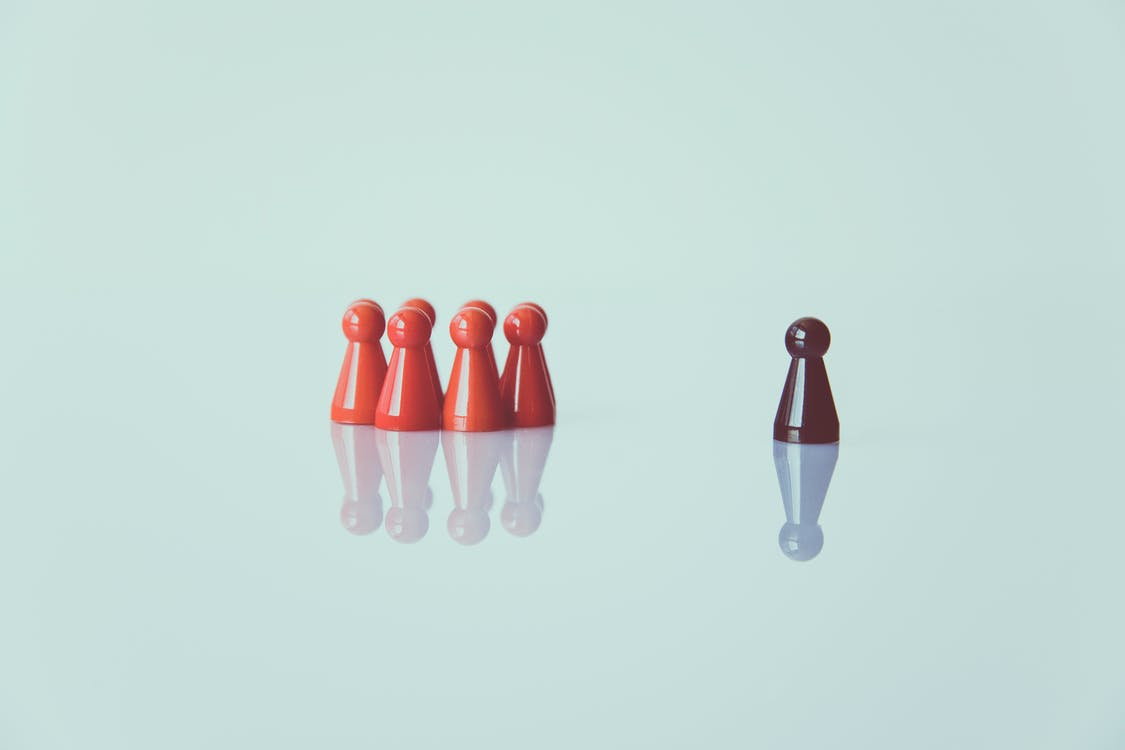
Social addiction, as scientists from Canada have found , has a price. They analyzed 40,000 volunteers and found that the passive brain network is responsible for the subjective feeling of loneliness. This part is activated during periods of doing nothing.
So what is the price mentioned above? The extreme dependence of man on social connections has led to what people call " super -social animals " (the ultra-social animal)... Lack of social activity leads to certain physical and psychological costs. However, if you find out how this system functions, you can consciously avoid loneliness, thereby, qualitatively improving your condition and life.
The root of loneliness

It is estimated that 10 to 20% of adults suffer from loneliness - those who lack communication, who feel isolated. But the feeling of loneliness is not just an unpleasant experience, it does real harm to the general state of the human body:
- reduces general mental balance;
- is a prerequisite for serious mental disorders;
- causes cognitive decline;
- increases the likelihood of dementia.
Despite the obvious connection between feelings of loneliness and brain activity, it has not yet been known whether there is a single system or lever that regulates and is responsible for its occurrence.
Canadian scientists have linked feelings of loneliness with stress on the brain. In search of truth, they turned to the morphological features of gray matter, white matter, and functional connections of the brain. The analysis was carried out on a sample of data from 40 thousand participants of the British biobank UK Biobank , aged 40 to 59 years.
Research essence

Magnetic resonance imaging data were used in the research. The loneliness of the participants was assessed in a binary system - in the form of an unambiguous answer to the question: "Do you feel lonely?" 13.1% of the participants felt lonely: 61.37% of women and 38.6% of men. Results are average and consistent with estimates from similar studies.

At the next stage, attention was paid to the volume of gray matter in various parts of the brain. In neurobiology, they say that these areas are connected by functional networks . Scientists have studied all seven networks, including: visual, passive, pleasure, emotion, control. It turned out that in the network of the passive mode of the brain (default mode network) - the most significant difference in the volume of gray matter in individuals.
In addition, the scientists found that the 48 largest tracts of white matter can be distinguished. The most significant (p <0.001) was the relationship with the integrity of the cerebral vault, especially the part that extends from the hippocampus. Also, the hippocampus is one of the important parts of the network of passive brain work, so everything turned out to be interconnected.
Why a passive network?
In this network, activity is observed at those moments in time when a person is not engaged in any specific activity, does not perform any tasks. During such a period, a person usually dreams, daydreams, or simply plunges into himself. According to research, people spend almost half a day on these mini-travels. The network was opened relatively recently - at the beginning of the 2000s. And if earlier scientists associated it with inaction and the state of human defocusing, now they are questioning the passive role of this network.
The authors of the work suggested that the differences in the structure of the network were revealed precisely in lonely people, because they are often alone, which is the reason for the more active work of the "lonely zone".
